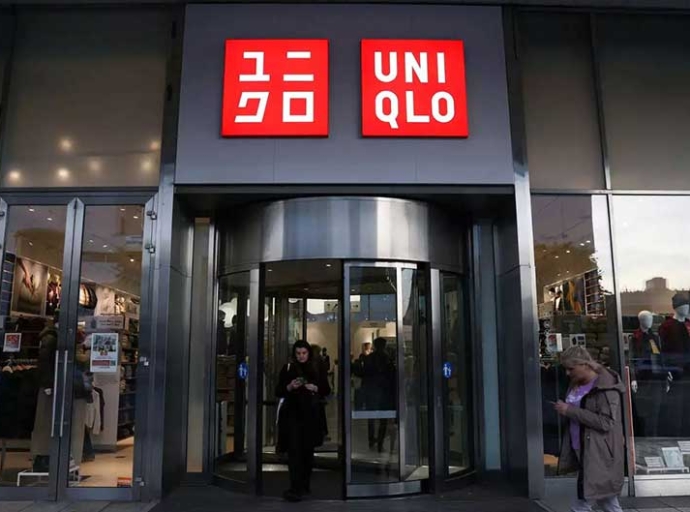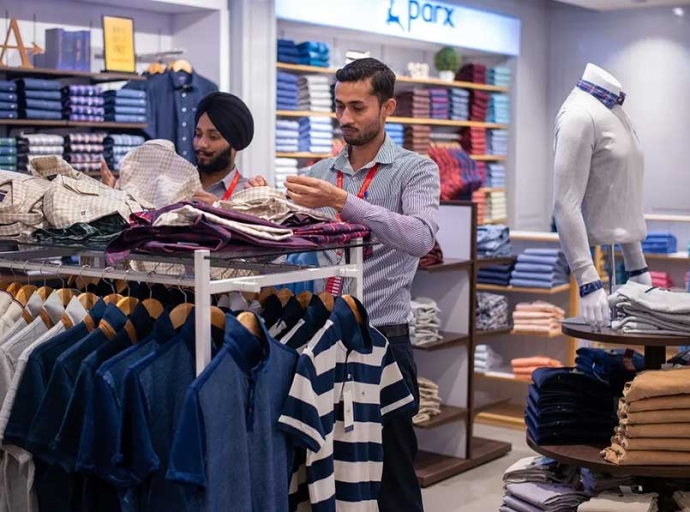From Guangzhou to Gujarat: How Shein is reengineering fast fashion in India

16 June, Mumbai 2025
Shein, the Chinese fast-fashion giant, has disrupted global apparel markets not just with low prices and an endless array of trendy clothes, but with something far more formidable: a hyper-agile supply chain. At a time when the fashion industry is criticized for wasteful overproduction, Shein’s model flips the script—designing, producing, and delivering new styles to consumers within mere days. This revolutionary “on-demand” approach is what propelled Shein to global prominence, making it a brand synonymous with digital-first fashion commerce.
The China model: All about speed and feedback
At the core of Shein’s success is a digitally integrated supply chain that unites trend prediction, agile production, and real-time consumer feedback. This system known in supply chain circles as ‘Consumer-to-Manufacturer’ (C2M) functions with a precision more akin to tech platforms than traditional fashion houses. Shein’s edge starts with its obsessive reliance on data. By analyzing app activity, online search patterns, social media engagement, and real-time sales, the company can identify and act on emerging fashion trends within hours.
This intelligence is the basis for a vast network of small and medium-sized Chinese factories, mainly clustered in the Pearl River Delta, which are equipped to produce small batches—as few as 100 pieces—of new designs at short notice.
This “Small Batch, Quick Response” (SBQR) model ensures minimal inventory risk. Designs that resonate with customers are quickly scaled up, while less popular ones are phased out before becoming liabilities. The system is further optimized through Shein’s proprietary digital tools, which control workflows, assign production tasks, and even manage worker wages across partner factories.
Such vertical digital integration allows Shein to shrink the product development timeline to an astonishing 3-7 days—from design to live listing. In 2021 alone, Shein launched over 800,000 new SKUs, a figure unthinkable in traditional fast fashion models that typically rely on quarterly or seasonal drops.
The ‘Shein Effect’ on fashion trends
To understand Shein’s agility in action, consider the case of an emerging trend like oversized blazers. In a conventional retail setup, it could take 6–9 months for such a design to move from concept to store shelves. By that time, the trend might already be fading, leading to overstock and markdowns.
Shein, however, identifies the trend early via data analytics, produces small batches in days, and uses sales data to determine which designs should be scaled up. The result: popular products remain in stock, and excess inventory is drastically reduced. This rapid-response model allows Shein to stay ahead of fashion cycles and consumer expectations.
Shein’s second coming and reinventing in India
After being banned in India in 2020 amidst geopolitical tensions, Shein made a re-entry in 2025 through a partnership with Reliance Retail, India’s largest retail player. But this comeback isn’t a simple relaunch—it’s a calculated reinvention. The new objective: turn India not only into a booming consumer market but also a key manufacturing and export base.
The collaboration with Reliance reveals Shein’s attempt to replicate and localize its China-born supply chain model. At the heart of this alliance is a licensing agreement under which Reliance will oversee Shein’s operations in India, including manufacturing, logistics, and retail distribution. The SheinIndia.in platform, distinct from its global counterparts, will primarily feature apparel produced in India.
Building a ‘Make in India’ supply chain
To localize its supply chain, Reliance is spearheading efforts to scale up domestic manufacturing. From the current base of around 150 suppliers, the goal is to onboard 1,000 Indian partners within the next year. These manufacturers will produce apparel both for Indian consumers and for export to key markets like the US and UK.
Reliance isn’t stopping at supplier acquisition—it’s investing in building capabilities. Indian units, especially in the synthetic fabric domain, will receive support in the form of technology transfer, machinery upgrades, and training in agile manufacturing techniques. In fact, Reliance executives have visited Shein’s facilities in China to absorb best practices in design, data analytics, and operational excellence.
One adaptation is replicating the ‘on-demand’ model: beginning with small-batch production of 100 units per design, and scaling up based on real-time consumer data. All customer data collected in India will remain within the country, in compliance with regulatory requirements for data localization.
Adapting the super formula
While the plan is ambitious, replicating Shein’s China model in India comes with its share of challenges. These include:
Geopolitical pressures: With US-China trade tensions influencing global supply chains, Shein’s pivot to India was initially viewed as a diversification strategy. However, China’s recent moves to retain domestic manufacturing and restrict technology outflows could hinder the seamless transfer of operational know-how.
Scaling Indian MSMEs: Shein’s model demands suppliers that can deliver with speed, flexibility, and consistent quality. While Indian MSMEs have the potential, many are yet to meet the stringent timelines, quality standards, and compliance requirements that Shein enforces globally.
Synthetic fabric ecosystem: India’s textile industry is predominantly cotton-focused, while Shein relies heavily on synthetic fabrics for its rapid production cycles. Bridging this gap will require significant infrastructure development and raw material investments.
Technology and IP transfer: The digital backbone of Shein’s operations includes proprietary platforms for demand forecasting, production assignment, and performance monitoring. Sharing this technology such that it protects intellectual property and enables local adaptation is a complex task.
Logistics at scale: Reliance brings formidable logistics capability, but meeting Shein’s scale and rapid turnaround expectations—especially for international exports—will test even its robust infrastructure.
Facing fierce competition and ethical scrutiny
Since Shein’s exit in 2020, India’s online fashion scene has grown more competitive. Platforms like Myntra, Ajio (also owned by Reliance), and Nykaa Fashion, along with global giants H&M and Zara, are already entrenched in the market. Shein’s return will require clear differentiation—not just in price, but also in style, speed, and consumer experience.
Moreover, Shein faces the dual challenge of rebuilding its brand image in a market that is increasingly quality-conscious and ethically aware. Concerns around labor practices, sustainability, and transparency that have haunted Shein globally may resurface in India unless actively addressed.
India as Shein’s next frontier
Shein’s reimagining of its supply chain in India is one of the most closely watched experiments in global retail today. If successful, it could redefine how fast fashion brands localize production in emerging markets without compromising on speed or agility. For Reliance, it’s an opportunity to establish India not only as a consumption base but as a fast-fashion manufacturing powerhouse.
The next 6–12 months will be crucial in assessing whether Shein’s ultra-agile, data-driven China model can truly be replicated in India’s more fragmented, diverse, and regulation-heavy landscape. If it can, it will be a blueprint for the future of global fashion manufacturing. If not, it may serve as a cautionary tale about the limits of supply chain transplantation in a geopolitically charged, highly localized world.
Latest Publications

































